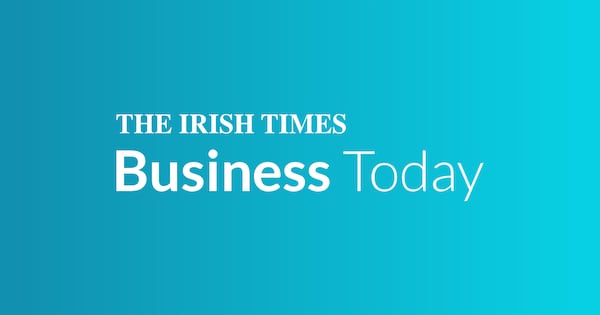The income tax dilemma faced by the Government in framing October’s budget is underlined in key pre-budget papers, which say that indexing tax bands and credits for inflation would cost over €1 billion.
This is why Ministers are now considering holding off the proposed cut in VAT for the hospitality sector to 9 per cent until the middle of next year, as they need to leave funds to increase income tax credits and widen tax bands, to ensure wage inflation does not lead to a higher tax burden on households.
The Tax Strategy Group papers, drawn up by senior civil servants to outline budget options, outline the high cost of cutting VAT on hospitality.
The full year cost of a cut to the VAT rate in all areas of hospitality is just over €800 million. Adding hairdressers and entertainment brings the total to €867.7 million. If the Government also decides to extend the VAT cut on household energy bills, the total rises to over €1.05 billion.
RM Block
As well as deferring the cut to the middle of the year, the Government may also consider restricting it to the food and catering element of hospitality and excluding accommodation, which would save €134 million in a full year.
However, the papers warn that there are “practical operational concerns in having different VAT rates applying to hotel accommodation and meals given how the sector operates, with various packages ranging from bed and breakfast accommodation through to all-inclusive board and lodging packages. ”
[ Government likely to delay VAT reduction for hospitality sector until mid-2026Opens in new window ]
However, the civil servants did not repeat their strong criticism of the proposed cut in the 2024 papers, when they argued the cut from 13.5 per cent to 9 per cent would be “unjustified” and represent an “enormous fiscal transfer of taxpayer’s money” to one sector
On income tax, the papers estimate that wage growth will run at about 4 per cent next year and that adjusting income tax credits and bands to account for this would cost more than €1 billion in 2026. This would be roughly in line with the tax package introduced for this year.
The papers also provide the latest estimates of who pays income tax in Ireland, with the top 1 per cent of taxpayers – earning over €297,000 - paying 23.4 per cent of all income tax and USC and the top 10 per cent, earning more than €106,500, paying 63 per cent of the total. Some 1.1 million earners are exempt from income tax completely.
The papers also look at the politically controversial issue of inheritance tax, including a commitment by the Minister for Finance that the issue of how different relationships are treated would be examined. In particular, the threshold at which brothers, sisters, nephews and nieces of the person giving the gift or leaving the inheritance become liable to tax is €40,000, compared to €400,000 for children.
The department points out that it is not unusual for tax systems internationally to treat different relationships with the person giving a gift or leaving an inheritance differently. Also, 70 per cent of those who had received a substantial inheritance or gift had received it from their parents.
While the papers say it is not possible to estimate precisely the cost of having everyone now on the €40,000 threshold moved to the €400,000 one, it would not be greater than around €300 million.
The civil servants suggest that another way to proceed would be to allow a person to choose one or two heirs to their estate, who would benefit from the €400,000 threshold.
The Government could, civil servants say, consider restricting the “ spiralling cost “ to the exchequer of relief for people passing on farms and businesses. They also modelled a scenario where CAT tax rates increased with the size of the inheritance. However, given the sensitivity of this area, this is unlikely to be taken up politically.
















